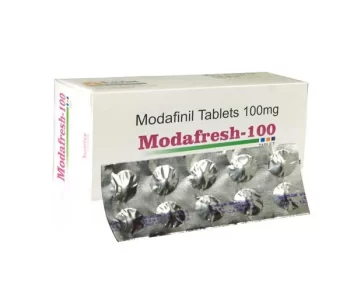 Health & Fitness
Health & Fitness
Amniotic Skin Graft: A Breakthrough in Surgical Wound Healing
Chronic wounds and burns have long challenged medical professionals and patients alike. Traditional treatments often fall short in promoting fast, effective healing. That’s where amniotic skin grafts are making a real difference. These biologically active grafts, derived from donated human placental tissue, offer a new level of care in wound management. But what exactly are they, and why are they so effective?
What Is an Amniotic Skin Graft?
An amniotic skin graft is made from the amniotic membrane of the placenta, the innermost layer that surrounds the fetus during pregnancy. This membrane is rich in growth factors, collagen, and anti-inflammatory proteins. Once harvested and processed, the tissue becomes a versatile wound covering that supports natural healing.
Unlike synthetic dressings, amniotic grafts provide bioactive materials that help the body regenerate tissue, reduce inflammation, and lower the risk of infection. They are used in a wide range of clinical settings, from treating diabetic foot ulcers to healing surgical wounds and burns.
Benefits of Amniotic Skin Grafts
1. Accelerated Healing
Amniotic tissue is loaded with growth factors like EGF (epidermal growth factor), FGF (fibroblast growth factor), and TGF-β (transforming growth factor-beta). These factors help promote cell migration, new blood vessel formation, and tissue regeneration.
2. Reduced Inflammation and Scarring
The graft’s anti-inflammatory properties help minimize the body’s natural inflammatory response, leading to less swelling and reduced scar formation.
3. Low Risk of Rejection
Since the amniotic membrane lacks blood vessels and is immunoprivileged, the risk of graft-versus-host disease or rejection is extremely low.
4. Antimicrobial Properties
Some amniotic grafts contain natural antimicrobial peptides that can help prevent bacterial infections in open wounds.
5. Pain Reduction
Many patients report decreased pain after application. The graft creates a moist wound environment, which helps protect nerve endings and promotes comfort.
Common Applications
Amniotic skin grafts are used in various medical fields:
- Diabetic Foot Ulcers: These slow-healing wounds benefit significantly from growth factor-rich grafts.
- Venous Leg Ulcers: Chronic wounds from poor circulation respond well to the regenerative properties of amniotic tissue.
- Burns: Deep partial-thickness burns can heal more quickly and with better cosmetic results.
- Post-Surgical Wounds: After procedures like Mohs surgery, amniotic grafts can reduce healing time and scarring.
- Ophthalmology: Amniotic membranes are also used in eye surgeries to repair the cornea.
How the Graft Is Applied
Applying an amniotic skin graft is typically a straightforward process:
- Wound Preparation: The wound is thoroughly cleaned and debrided.
- Graft Placement: The amniotic membrane is placed directly over the wound.
- Securing the Graft: It is usually held in place with a secondary dressing or light pressure.
- Follow-Up: The site is monitored for signs of healing, and additional grafts may be applied if needed.
The procedure can often be done in an outpatient setting, depending on the wound’s severity.
Safety and Ethical Considerations
Amniotic skin grafts are derived from donated placentas following scheduled C-sections with informed consent. All donors are screened for infectious diseases to ensure safety. The tissue is then processed and sterilized in FDA-regulated facilities.
Because the graft contains no living cells and is immunologically inert, it poses little risk of disease transmission or immune reaction. As with any medical treatment, it’s essential to discuss options and risks with a healthcare provider.
Cost and Insurance Coverage
While amniotic skin grafts can be more expensive than traditional dressings, many insurance plans, including Medicare, cover them when medically necessary. The faster healing times and reduced complications often make them a cost-effective choice in the long run.
Patients should check with their providers and insurance companies to understand coverage and out-of-pocket costs.
The Future of Amniotic Tissue in Medicine
Ongoing research continues to explore new applications for amniotic tissue. Scientists are investigating its potential in treating conditions like:
- Pressure ulcers
- Tendon injuries
- Spinal cord injuries
- Chronic eye conditions
The regenerative potential of amniotic tissue opens the door for advancements in many areas of healthcare. As clinical data continues to grow, the use of amniotic skin grafts is likely to expand even further.
Final Thoughts
Amniotic skin grafts represent a major step forward in the treatment of chronic and complex wounds. Their unique biological makeup allows them to promote healing in ways that traditional dressings simply can’t match. With increasing clinical use and strong patient outcomes, they are becoming a go-to solution in modern wound care.
If you or a loved one is dealing with a non-healing wound, speak with your healthcare provider about whether an amniotic skin graft might be right for you.









